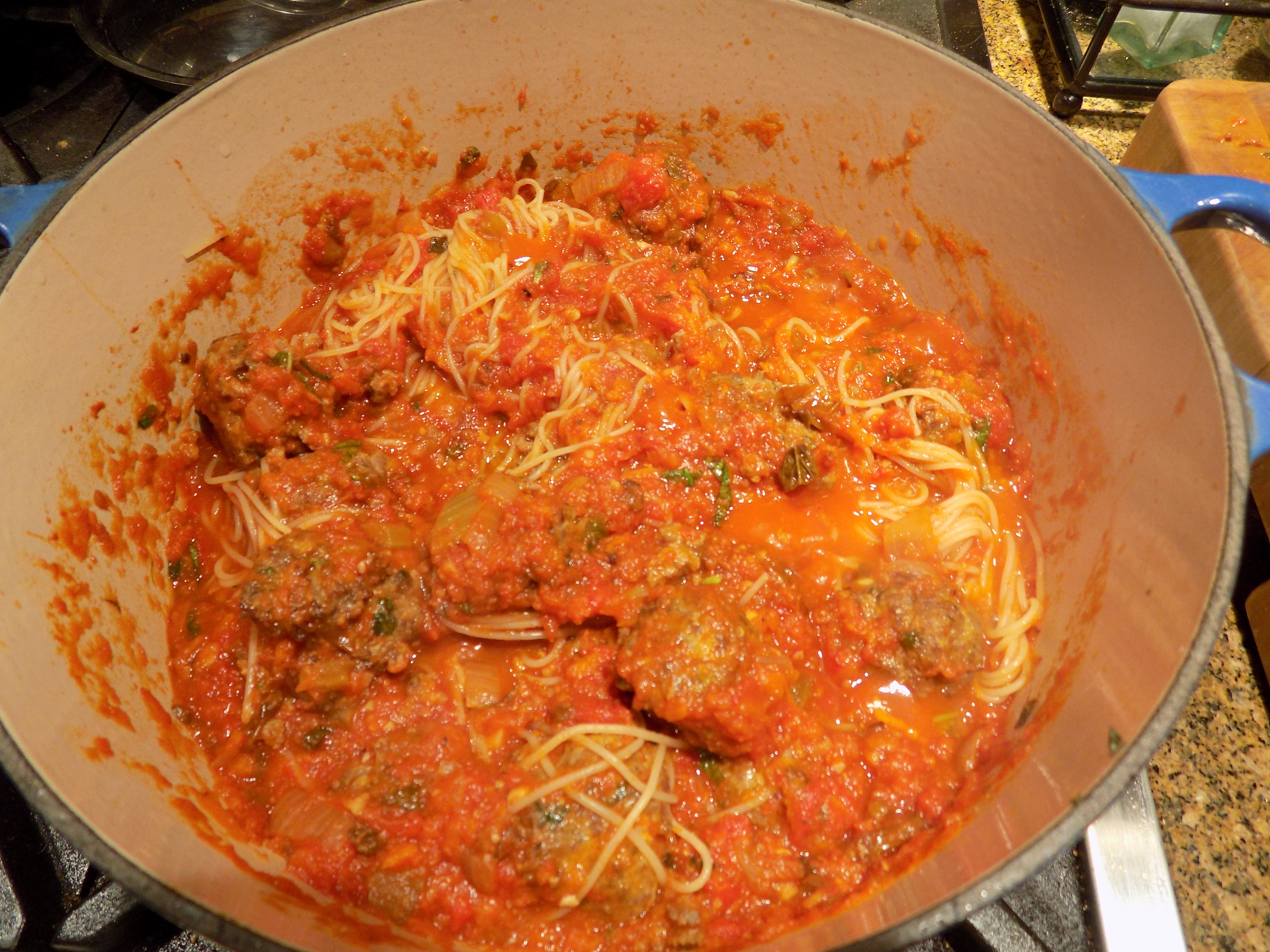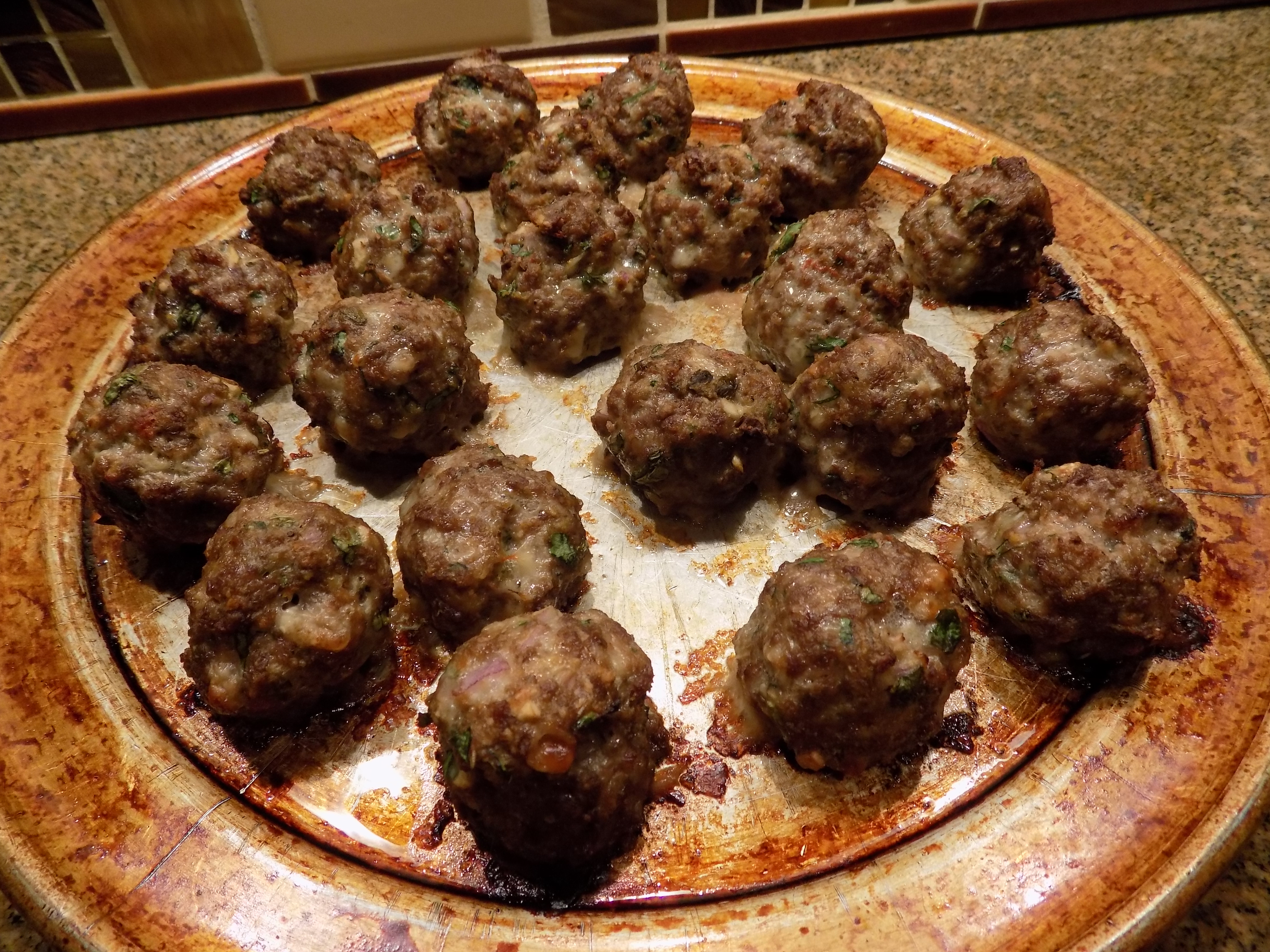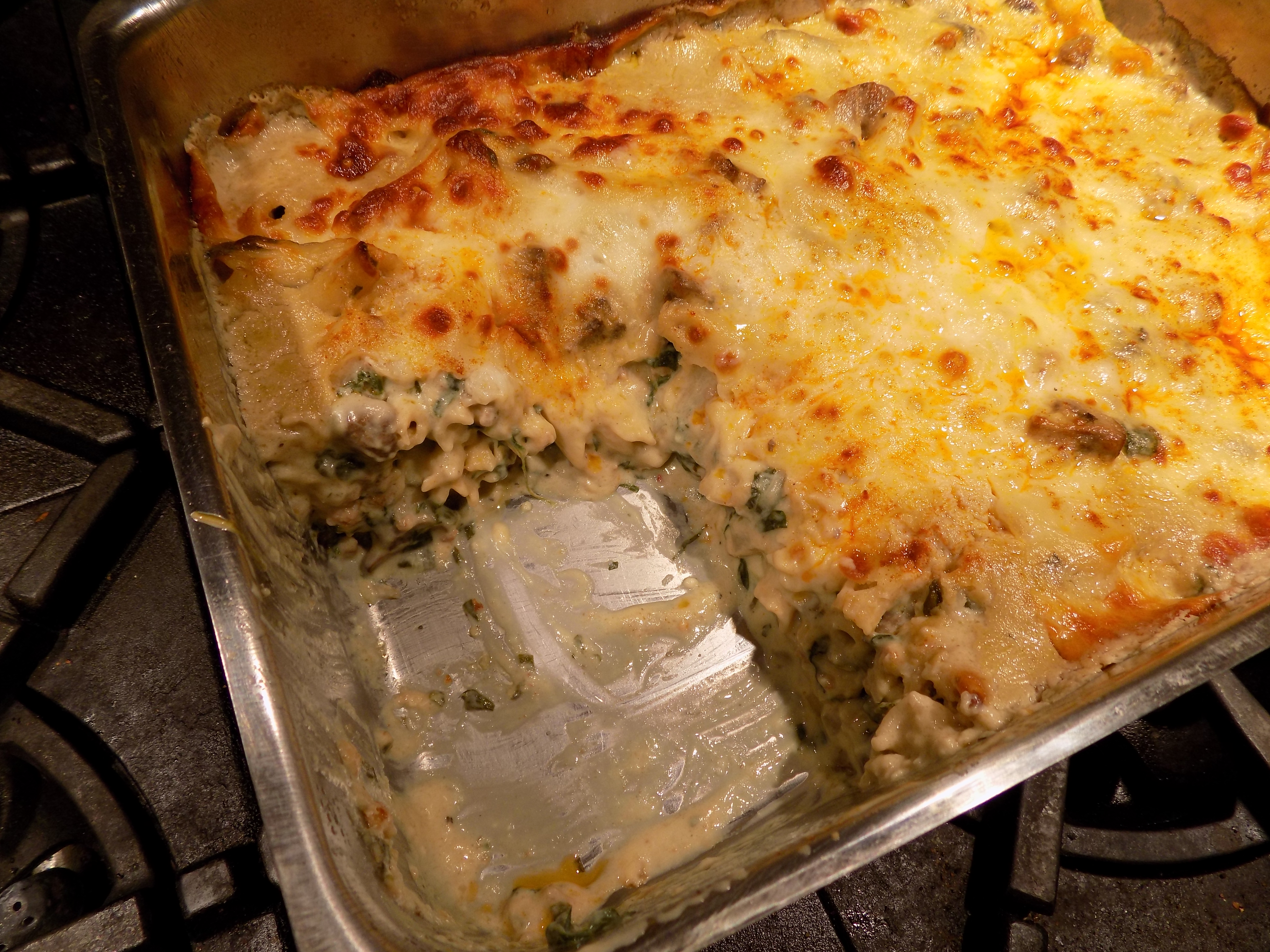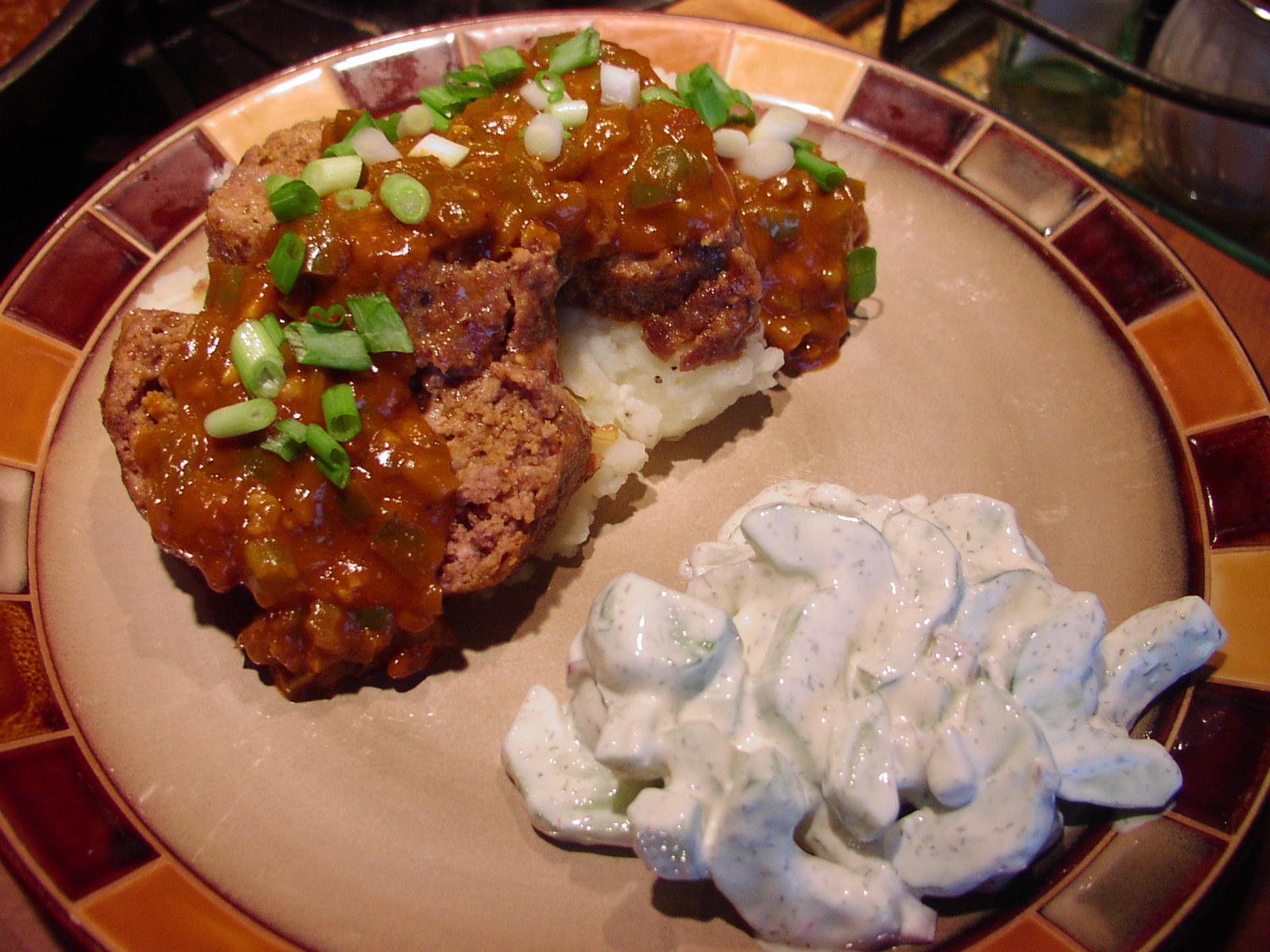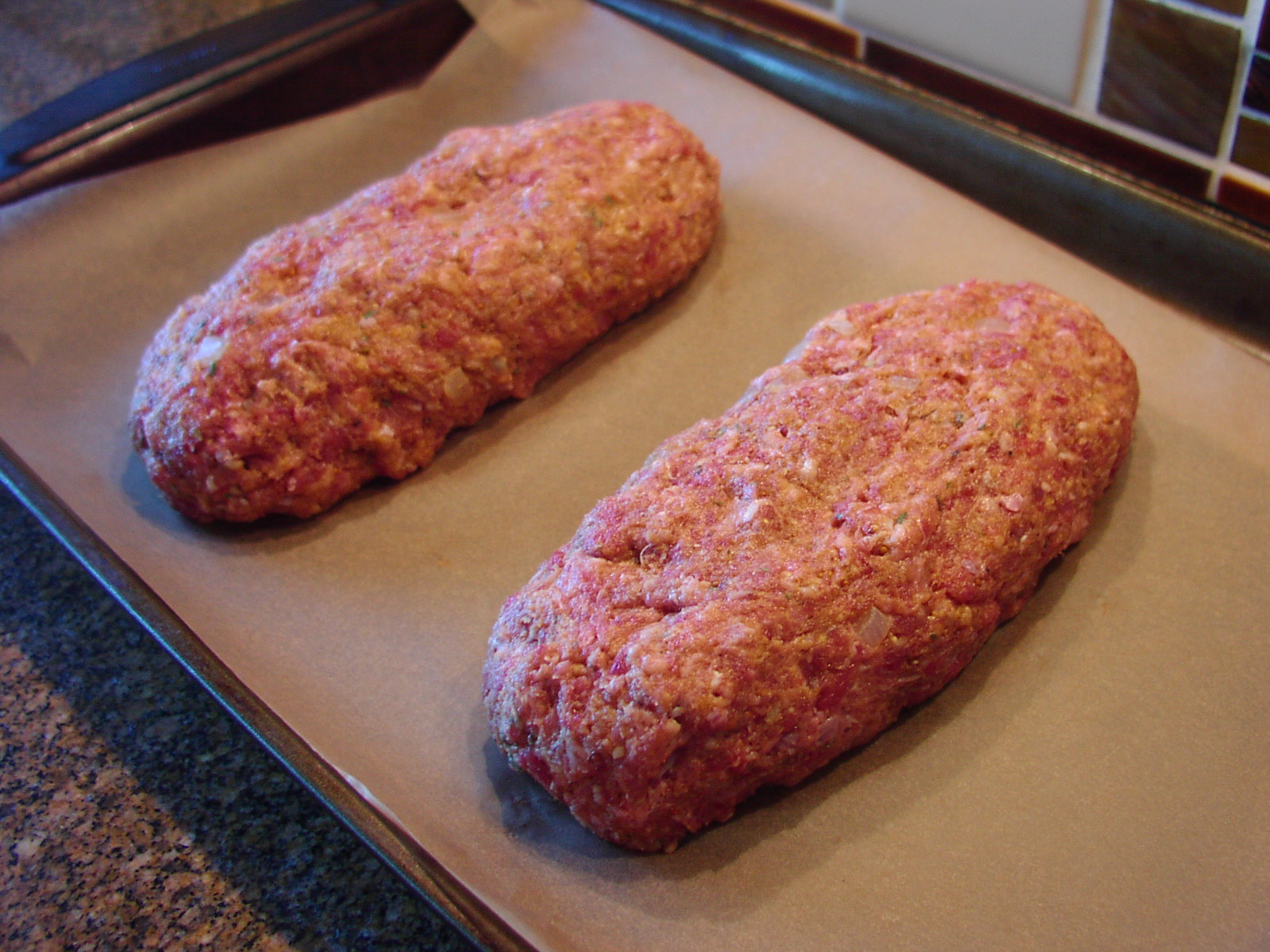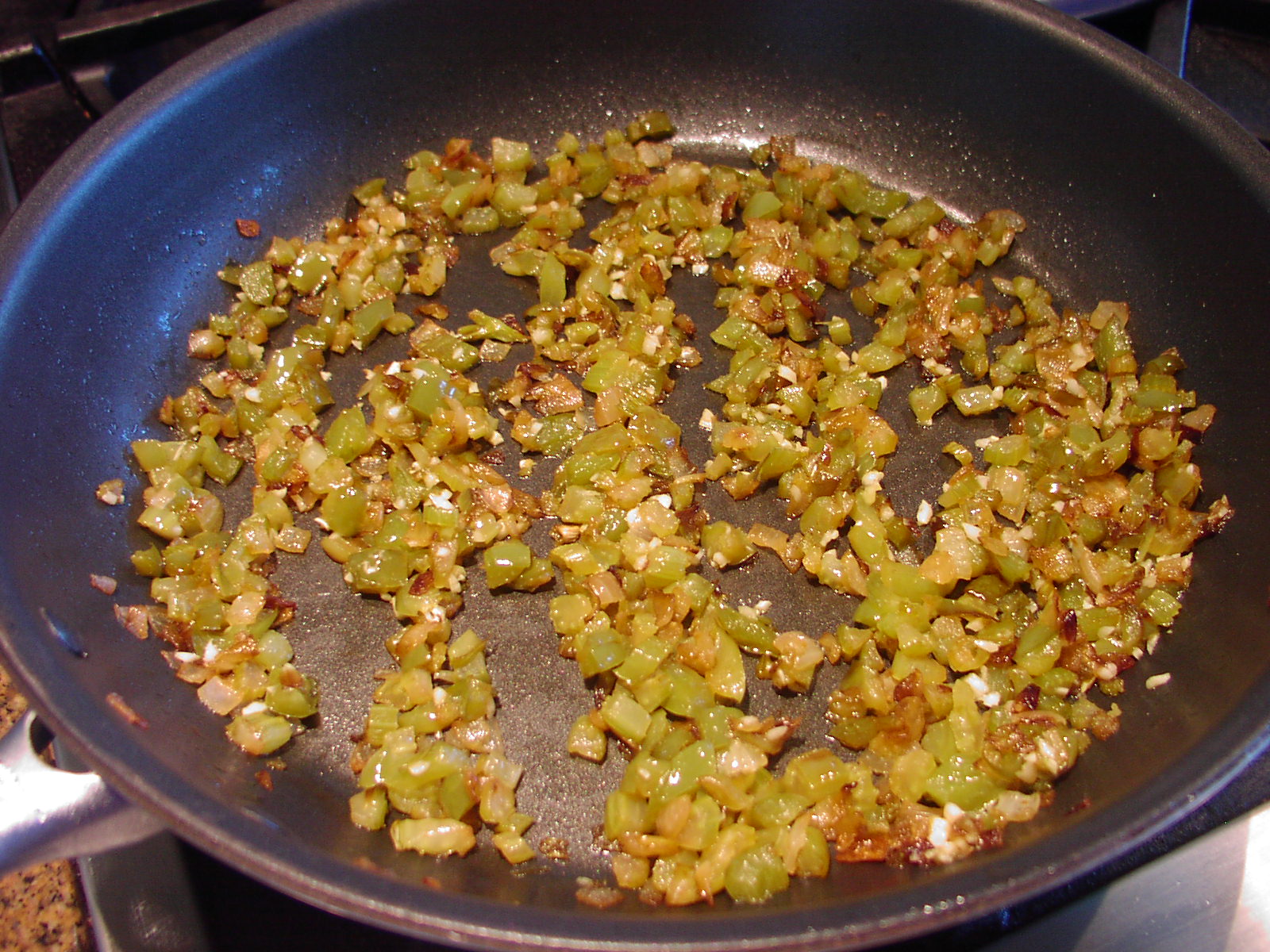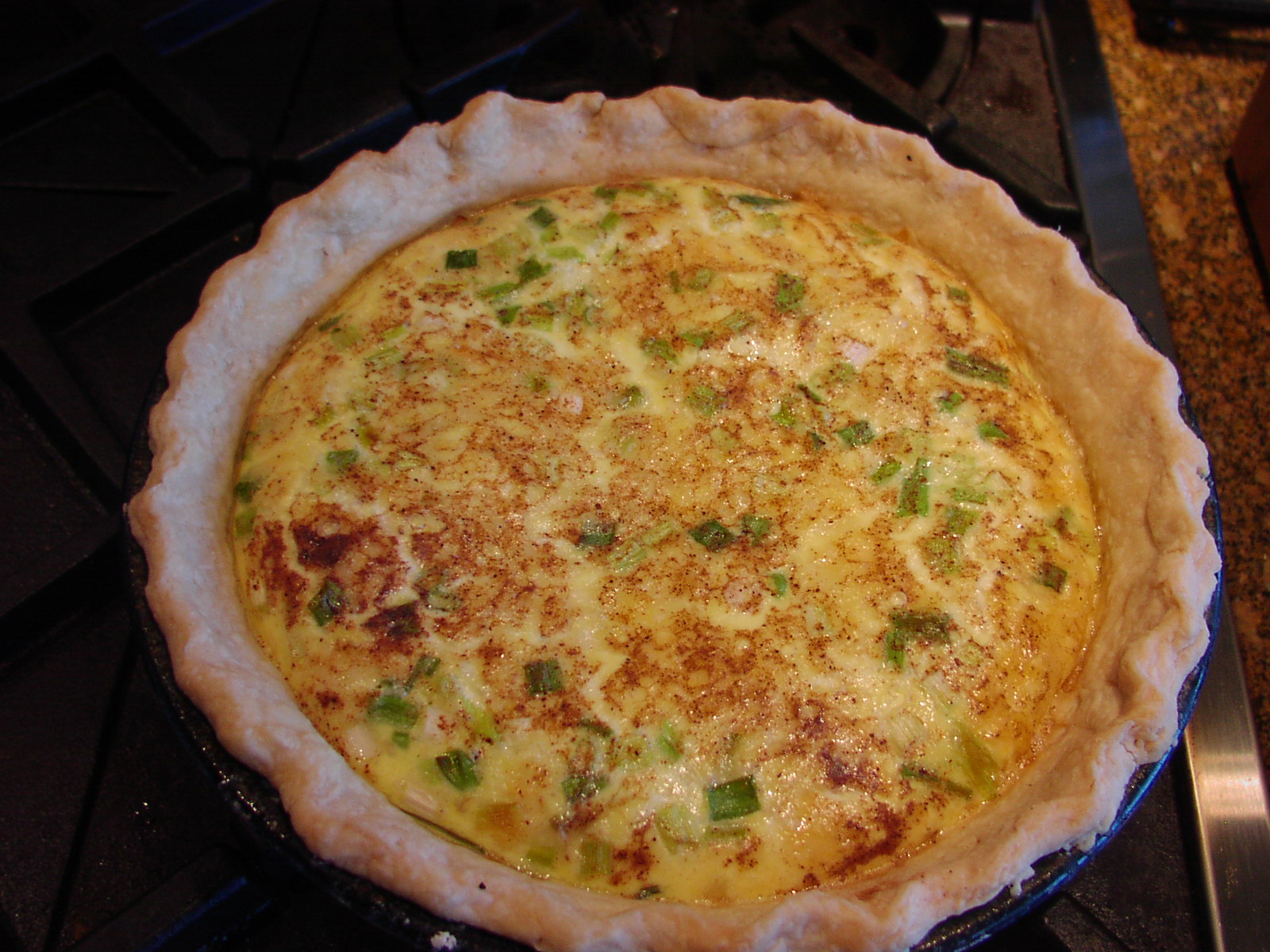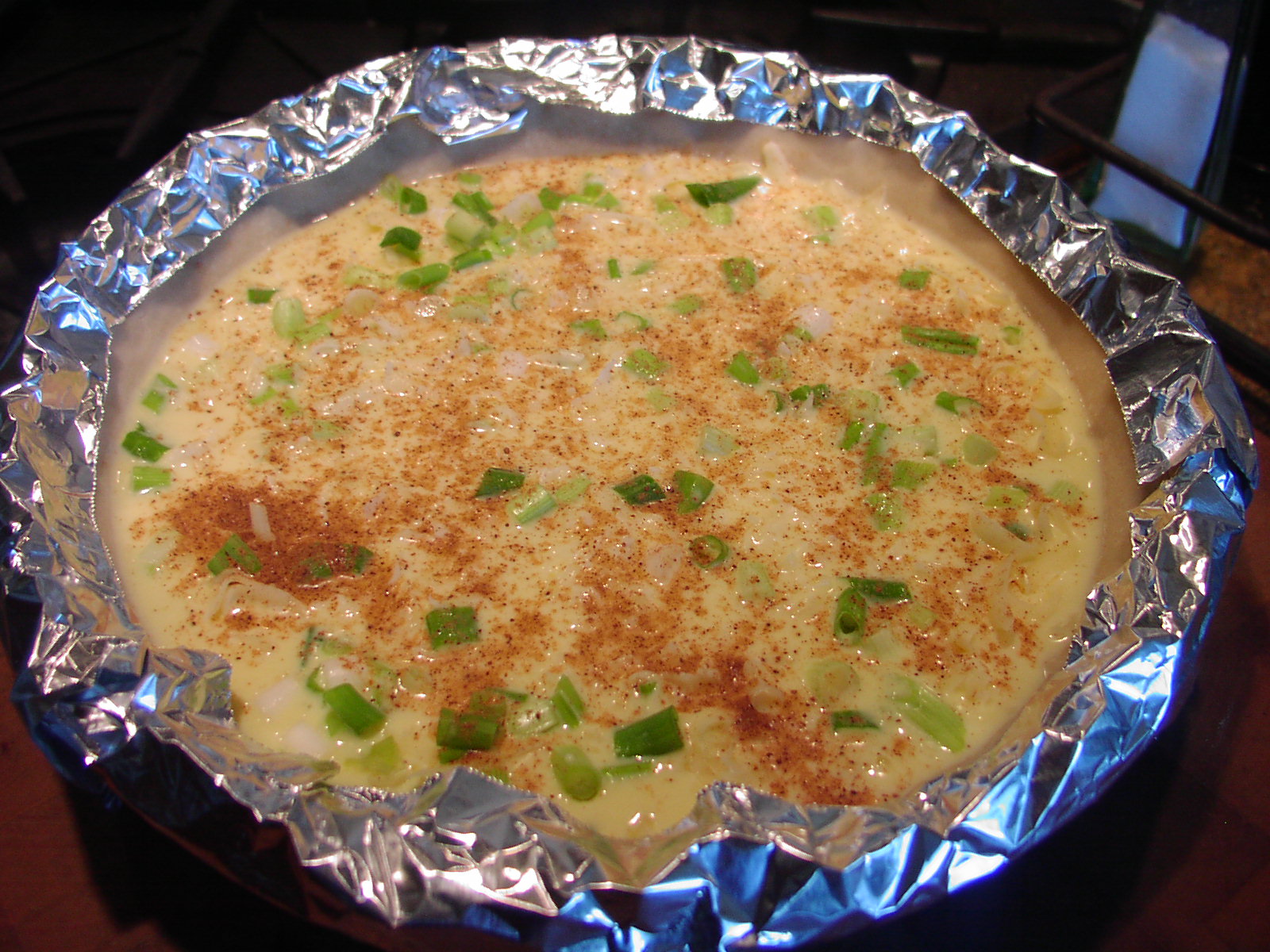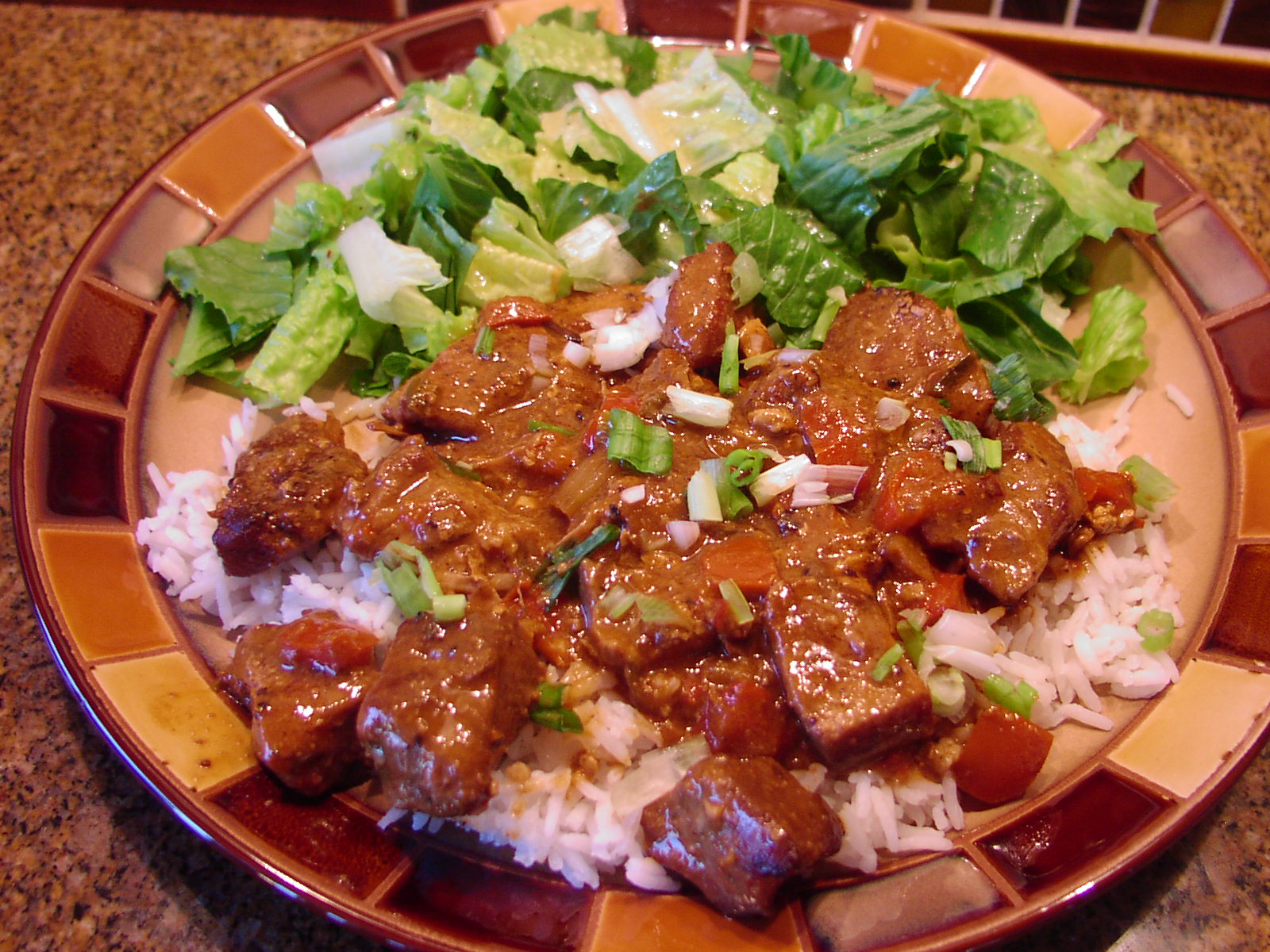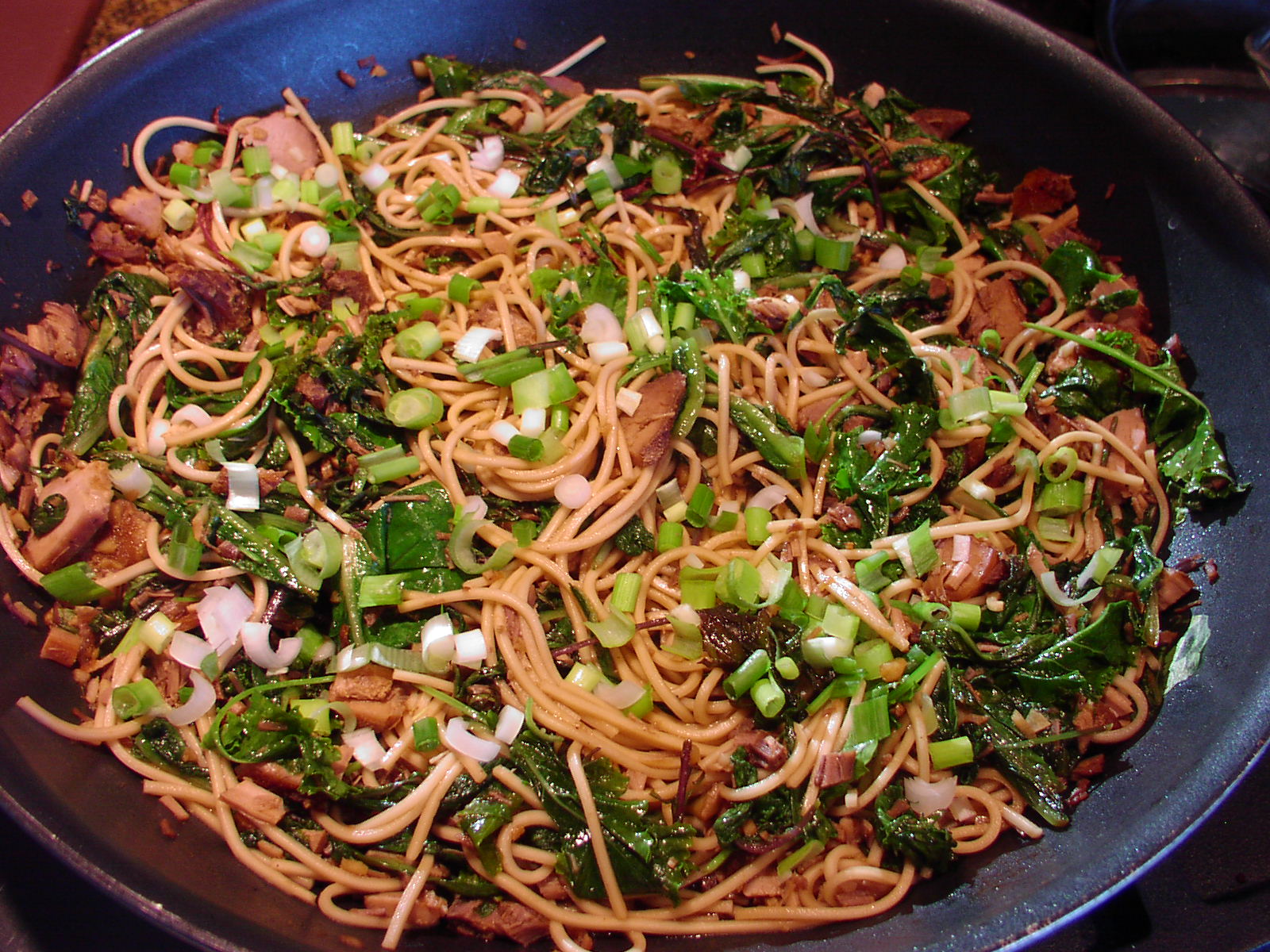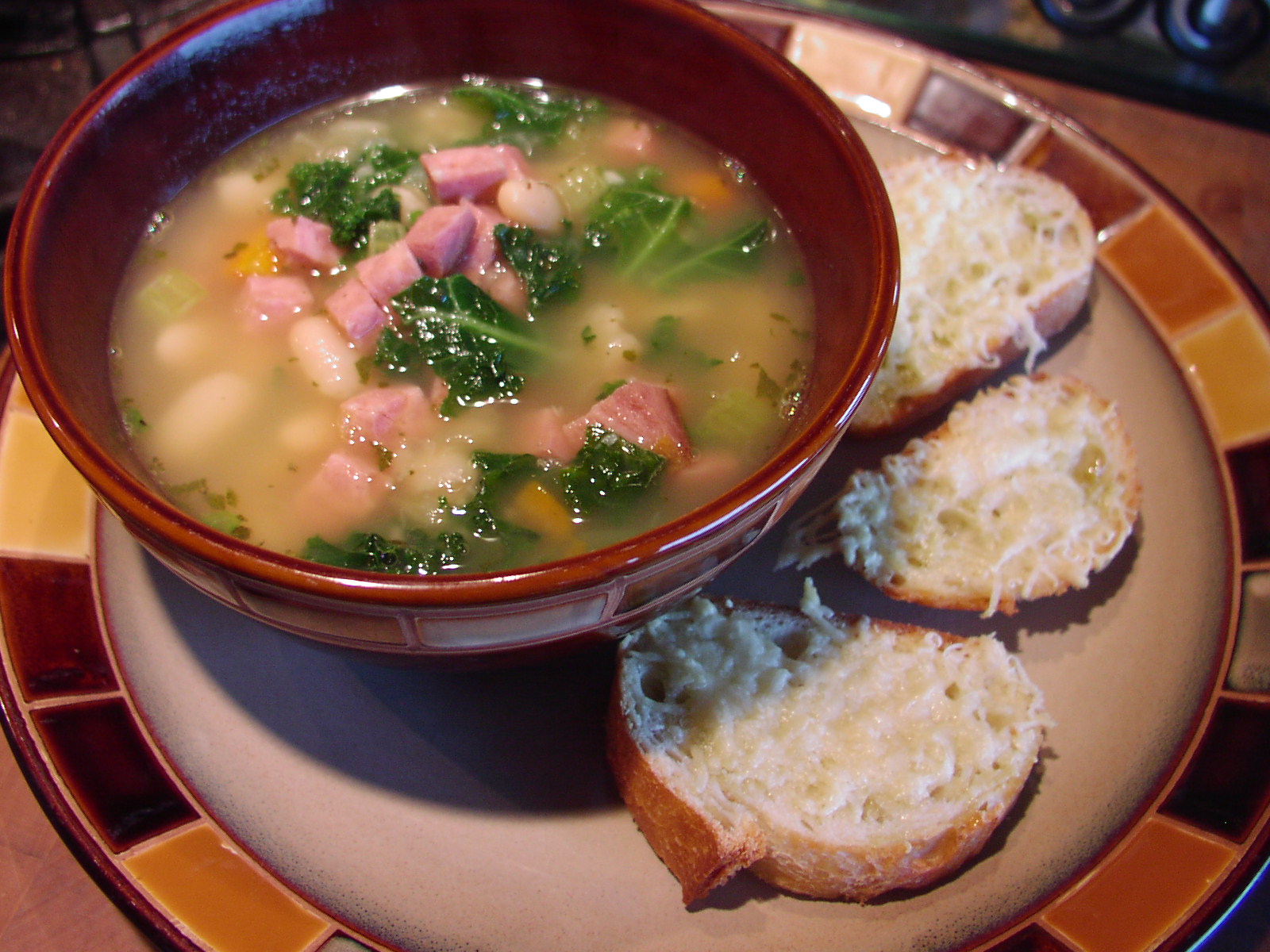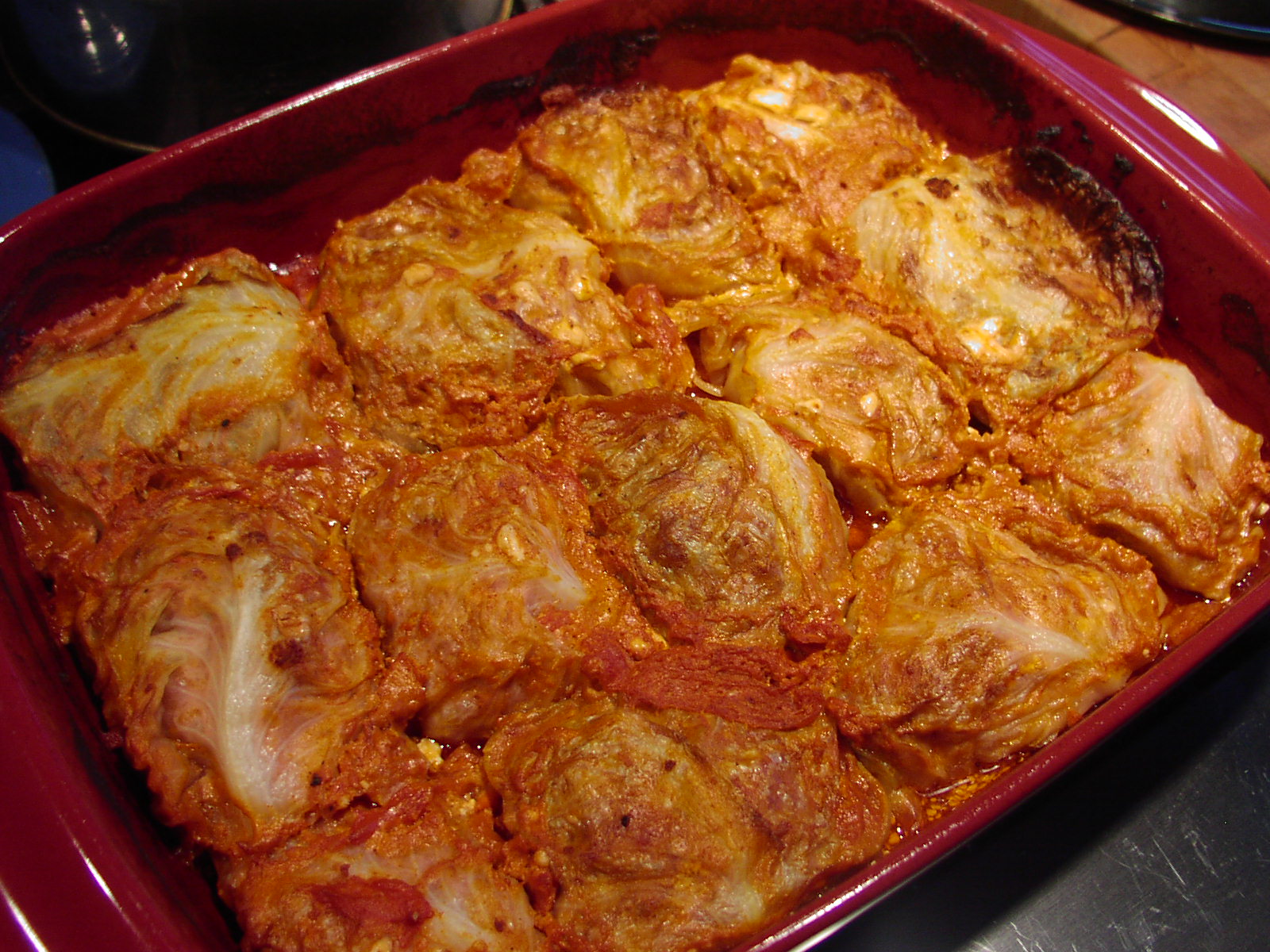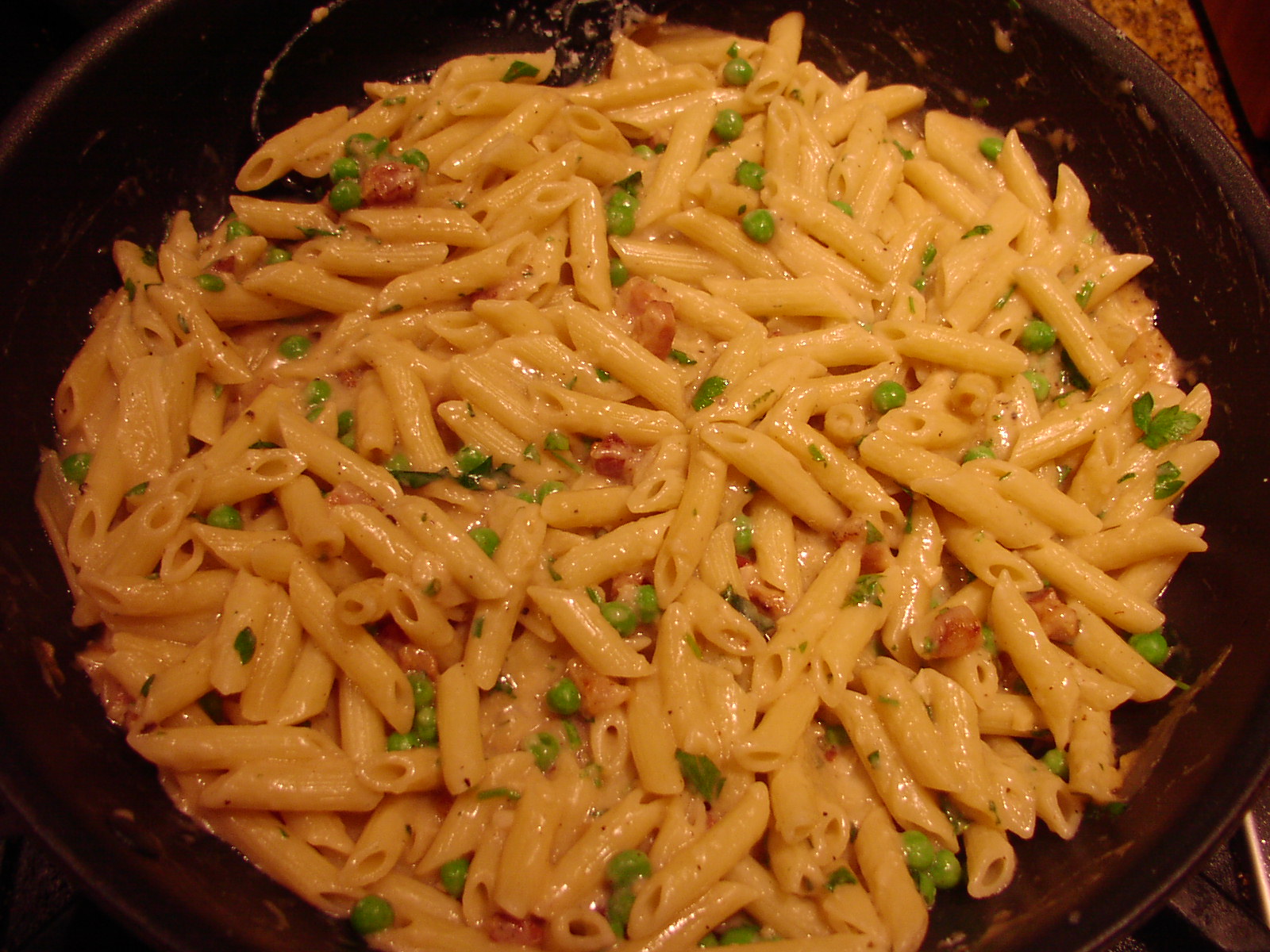Every once in a while, all I want for dinner is a big old plate of spaghetti and meatballs. And when the urge hits me, I fix this recipe.
I have been making this sauce and these meatballs for decades. This was one of my standby recipes when my children were young, because they all loved it, spaghetti was fairly economical to make, nutritious, and I enjoyed preparing it. (And yes, even after work!) So not only is this spaghetti delicious, it brings back wonderful memories.
It was also one of the recipes I fixed when after a long weekend morning of cleaning the house, doing 43 (or so it seemed) loads of laundry, and working in the yard, I would get a wild hair about 2:00 pm to have company for dinner! (Dear God, what was I thinking?) So I would pick up the phone and call our dear friends and invite them over. Then off to the store, back home, start some bread, make this dish, cut up greens for a salad, throw some brownies together, put the box of wine in the refrigerator along with some Miller beer, and Bob’s your uncle! Where I ever got the energy for those kind of days I will never know! My only excuse is that I was young and didn’t know any better.
Now that I’m a wee bit older and definitely a whole lot smarter, I have to plan company dinners down to a gnat’s eyelash. I go so far as to prepare comprehensive excel spreadsheets, complete with time tables that reflect any and all tasks that can be done ahead of time. (Many would call it being anal-retentive; I call it being prepared!) Some would even go so far as to blame it on my age! And they would be right! I simply can’t work as fast or as long as I did in my thirties. Regardless – I can still do it, and that’s what matters.
So if you too love spaghetti and it’s a nostalgic part of your past, call, text, email, twitter, or whatever!?!? your friends and invite them over for dinner. And no, you don’t have to go so far as to serve them box wine, although I’ve been told they are making some really good box wines these days. (There are just some food and drink items from our past that should stay relegated to the very back recesses of our brains. For example: I have my memory of boxed white wine safely filed away between Annie Green Springs and Ripple in the back part of my brain. And I can’t even remember where I stashed my memory of Singapore Slings, but I sincerely hope that wherever it is, it stays hidden for the rest of my life!)
Oh, BTW, it’s OK if you don’t have wonderful memories of spaghetti and meatballs. It’s never too late to begin making your own nostalgic memories. Have fun!
Meatballs:
- ½ c. finely chopped onion
- 2 garlic cloves, finely minced
- 2 T. chopped fresh parsley
- ½ tsp. ground savory
- ½ tsp. dried thyme leaves
- ½ tsp. seasoned salt
- ¼ tsp. paprika
- ¼ tsp. dried rosemary
- freshly ground black pepper
- pinch ground nutmeg
- 2 eggs
- 2 T. milk
- ¾ c. oats
- 1 lb. lean ground beef
- 1 lb. seasoned pork sausage
Combine the onion, granulated garlic, parsley, savory, thyme, salt, paprika, rosemary, pepper, nutmeg, eggs, and milk together in a medium bowl. Add the oats, ground beef, and ground pork and stir just until combined. Using an ice cream scoop, form balls and place on a lightly greased rimmed baking pan.
Bake in a pre-heated 400 degree oven for 20-25 minutes or until the balls are baked through. Remove from oven and set aside.
Sauce:
- 2 T. extra-virgin olive oil
- ½ c. chopped onion
- 2 cloves garlic, chopped
- 1 (28-oz.) can chopped or diced tomatoes (Italian tomatoes preferably)
- 1 bay leaf
- pinch crushed red pepper flakes
- 1 tsp. dried oregano (I use Mexican oregano)
- ½ tsp. kosher salt
- freshly ground black pepper
- 3 T. chopped fresh basil leaves
- 1-2 T. butter, optional
- ½ lb. spaghetti, cooked al dente
- grated Parmesan, garnish
In a large covered sauce pan, heat the oil over medium high heat. Add the onion and sauté until soft and translucent, about 6 minutes. Stir in the garlic and cook for an additional minute. Add the tomatoes, bay leaf, red pepper flakes, oregano, salt, and pepper. Stir to combine ingredients. Bring to a boil, reduce heat, cover, and simmer for about 30 minutes. (Take the lid off part way if the sauce is too thin or allow to gently burble away until the sauce reaches your desired thickness.) Remove from heat, discard bay leaf, add the basil, and adjust seasoning. If the sauce tastes acidic, add butter 1 tablespoon at a time to round out the flavor.
Just before serving, add the meatballs and cook for a couple of minutes. Add the al dente spaghetti, and serve immediately. Pass Parmesan.

